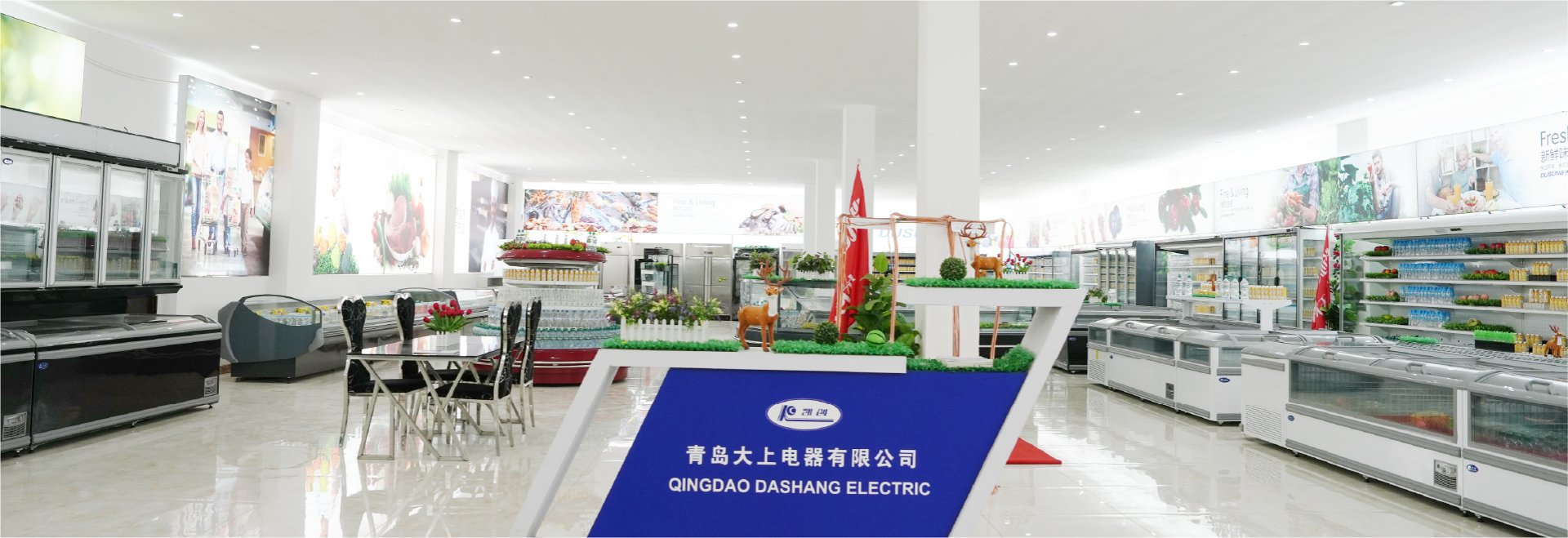Comprehensive Guide to Commercial Refrigerators for Retail and Food Service
A complete solution covering everything from purchase and operation to after-sales maintenance
I. Purchasing Guide for Commercial Refrigerators
Site Considerations
Space Requirements: Ensure ample clearance around the unit—especially at the back and top—to guarantee proper heat dissipation.
Avoid Heat Sources: Position the refrigerator away from direct sunlight and nearby heat sources to reduce additional cooling load.
Electrical Supply: Since commercial refrigerators typically have high power demands, verify that your electrical circuit can safely handle the load.
Analysis of Functional Requirements
Size and Capacity: Select a refrigerator with the appropriate dimensions based on the types of products stored and the volume required.
Temperature Control: Look for models that offer precise temperature management with independent controls for refrigeration and freezing compartments.
Additional Features: Consider units that include defrost reminders and fault alarms to streamline maintenance and ensure continuous performance.

II. Core Advantages of Commercial Refrigerators
Efficient Cooling
Utilizes advanced cooling technology to preserve food freshness while reducing operating costs.
Food Safety Assurance
Provides precise temperature regulation to prevent bacterial growth, thereby extending the shelf life of stored products.
High Return on Investment
Lowers energy consumption and minimizes food waste, which ultimately enhances overall profitability.
III. Operational Optimization and Maintenance Strategies
(1) Daily Maintenance and Upkeep
Door Seal Maintenance
Frequency: Clean at least once a week.
Method: Wipe down using a neutral detergent with warm water; avoid harsh acidic, alkaline, or alcohol-based cleaners.
Air Filter Cleaning
Frequency: Clean twice a month.
Procedure: Remove the filter, soak it in a neutral detergent solution, gently scrub, then allow it to air dry completely before reinstalling.
(2) Energy-Saving Optimization Strategies
Temperature and Humidity Control
Refrigeration Zone: Maintain at 2–8°C.
Freezing Zone: Maintain at -18°C.
Frost Prevention: Use sealed packaging or divide storage areas to minimize frost formation.
Equipment Layout Optimization
Placement: Keep the refrigerator away from heat sources (e.g., ovens) and allow at least 10 cm of space for proper ventilation.
Additional Measures:
Use night curtains to reduce the loss of cold air.
Incorporate LED lighting to further reduce energy consumption.
Technological Upgrades
Advanced Components: Opt for models equipped with inverter compressors and smart defrost systems.
Sensor Lighting: Install sensor-based lighting that activates only when accessing the storage area.

IV. Fault Diagnosis and Emergency Handling
| Fault Type | Possible Causes | Solutions |
|---|---|---|
| Poor Cooling Performance | Dust accumulation on the condenser, refrigerant leaks | Clean the condenser and contact professionals for refrigerant inspection. |
| Inadequate Door Seal | Aging or deformation of the seal strip | Replace the seal strip and apply silicone grease regularly to extend its life. |
| Abnormal Noise | Compressor issues or loose fan blades | Inspect the fan and compressor for proper operation. |
V. Case Studies in Intelligent Management Systems
Supermarket Refrigeration Management
Leverage intelligent temperature control systems, IoT technology, and automated inventory management to monitor and adjust internal temperatures in real time.
Use cameras and sensors to track inventory status and automatically trigger restocking alerts.
Hotels and Large-Scale Catering Venues
Utilize WiFi-enabled intelligent refrigerator controllers that integrate temperature regulation, self-diagnosis of faults, and remote monitoring.
These systems allow for online temperature adjustments, display current food storage levels, and provide alarm notifications to prevent food from expiring.

VI. Food Storage Safety Standards and Compliance Requirements
Storage Environment Requirements
Maintain a clean and dry environment, free from toxins, harmful substances, and contamination.
The floor should be durable, level, slip-resistant, and easy to clean and disinfect.
Ensure the storage area has adequate ventilation and proper exhaust systems.
Storage Conditions and Temperature Control
Refrigeration: Maintain a temperature between 0°C and 8°C.
Freezing: Maintain temperatures below -12°C.
Product Segregation: Different types of food should be stored separately, and raw and cooked foods must be kept apart.
Inventory Management: Implement a first-in, first-out (FIFO) system for managing food stock.
This guide provides a thorough overview of the process—from selection and operation to maintenance and troubleshooting—ensuring that commercial refrigeration solutions meet the highest standards for performance, efficiency, and food safety.








